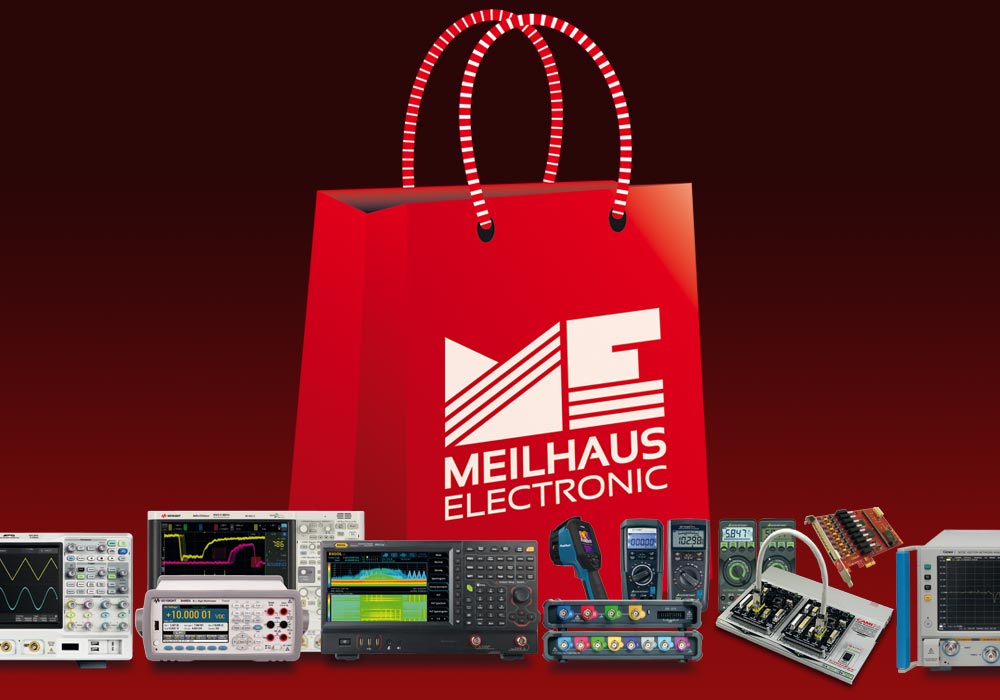Pico Technology Dataloggers and PicoLog Cloud Connectivity

From Cloud Connectivity to Raspberry Pi Support: PicoLog Data Loggers and Software
Raspberry Pi and PicoLog Data Loggers
Pico Technology's data loggers work great when connected via USB to a PC running Windows, macOS and Linux. With support for Raspbian OS on armhf processors, you can also use the proven loggers with Raspberry Pi computers.
Optimized and tested on the new Raspberry Pi 4 and the latest 3B and 3B+ on Raspbian Buster, the PicoLog 6 data logger software package provides a visual, user-friendly interface that lets you quickly set up simple or complex acquisitions and record, view and analyze data. It's the same convenient software that runs on Windows, macOS and Linux. When used with a Raspberry Pi, the PicoLog 6 package expands flexibility and opens the door to new and different uses for Pico's data loggers:
- You can connect the Pico data loggers to the Pi and remove the keyboard, mouse, and screen to get a low-cost standalone logger that stores its collected data locally on a Pi SD card.
- If you connect your Pi via WiFi or Ethernet, you can enable your Pico data logger over the Internet, which you can then access remotely via a freely available open-source VNC server and viewer.
- When you use the Power-over-Ethernet (PoE) capability of the Raspberry Pi 3B+ in conjunction with the PoE PiHAT, not only do you not need an external power supply and powered USB hub, but you can activate your logger over the Internet at the same time.
Heading for the Cloud - with PicoLog Data Loggers
Building on the proven design of PicoLog 6, PicoLog Cloud is a free upgrade that introduces many great new features that expand the capabilities and applications of Pico data loggers.
- Stream live captures directly to the PicoLog Cloud.
- Stream live Cloud capture data to an application with an API.
- Secure and reliable.
- View live and saved captures from a remote computer running PicoLog Cloud, anywhere in the world.
- View live and saved captures on any device (smart phone, tablet, PC) using an internet browser.
- Share live and saved Cloud captures to anyone via browser URL.
- PicoLog Cloud is free to use.
- Works with all current USB PicoLog loggers, and ▸PicoScope real-time oscilloscopes.
- Straightforward setup, no network setting changes needed.
- Continuous capture, with or without network connection.
- Source client supported in Windows, Linux, macOS and Raspberry Pi OS.
Model Overview PicoLog Data Loggers
| Model | TC-08 (PP222) | PT-104 (PP682) | PicoLog 1012 (EOL/obsolete) (PP546) | PicoLog 1216 (PP547) | ADC-20 (PP311) | ADC-24 (PP312) | CM3 (PP815) | CM3 Kit (PP803) |
| Inputs | 8 | 4 | 12 single-ended | 16 single-ended | 8 single-ended/4 differential | 16 single-ended/8 differential | 3 for 1- and 3-phase AC systems | |
| Measured variable, ranges/sensors | Temperature: Thermocouples J, K, T, E, R, S, B, N; range -270...+1820°C; voltage range ±70 mV | Temperature PT100, PT1000, 2-, 3-, 4-wire; range -200...+800°C. Resistance range 0...375 Ω, 0...10 kΩ. Voltage range 0...115 mV, 0...2.5 V | 0...2.5 V; bandwidth (-3 dB) DC...70 kHz | Voltage, ±1250 mV, ±2500 mV | Voltage, 7 ranges between ±39 mV and ±2500 mV | 0...200 A, 0...1 VACeff, 20 Hz...1 kHz input impedance >1 MΩ, AC-coupled, overvoltage protection ±30 VDC | ||
| Measurement rate | Up to 10 measurements per s; conversion rate 100 ms (thermocouples and CJC/cold junction compensation) | 720 ms per channel | Streaming 1 kS/s per channel (PicoLog), 100 kS/s (API), 1 MS/s (block mode/PicoScope and API), realtime continuous min. 1 kS/s | 660 ms, 430 ms, 180 ms, 100 ms, 60 ms (per channel); noise rejection typ. 120 dB at 50/60 Hz | (per active channel) 720 ms up to s/min/h or several days | |||
| Resolution | 20 bit, noisefree 16.26 bit | 24 bit | 10 bit | 12 bit | 20 bit | 24 bit | 24 bit | |
| Digital I/O | - | - | 2 outputs | 4 outputs, 1 PWM output | - | 4 bidirectional I/O, 3.3 V CMOS | - | |
| Connectors | Mini thermocouple | 4-pin Mini–DIN | 25-pin D-sub female | 25-pin D-sub female | 4 mm female | |||
| Interface | USB 1.1 | USB 2.0, Ethernet/LAN (RJ45) | USB 2.0 | USB 1.1 | USB 2.0 or Ethernet | |||
| Power | USB-powered | USB-powered/via USB port | USB-powered | USB-powered | USB-powered, Power over Ethernet | |||
Last seen


























